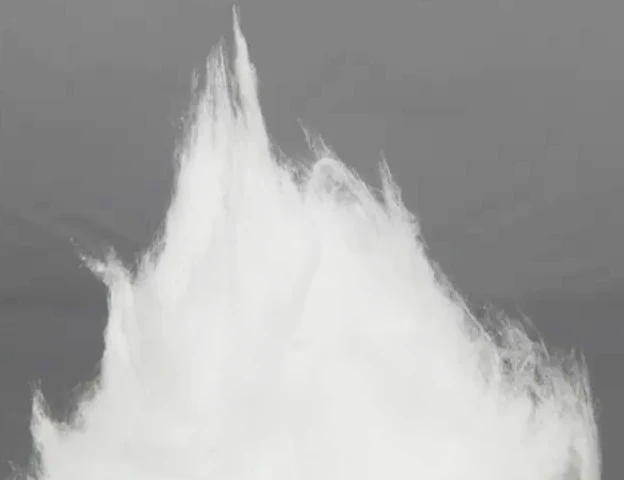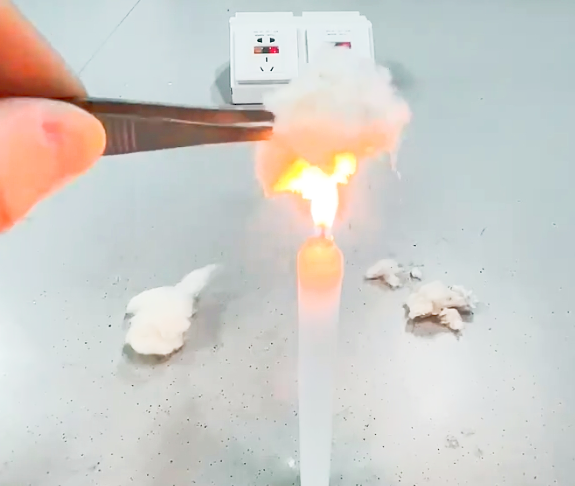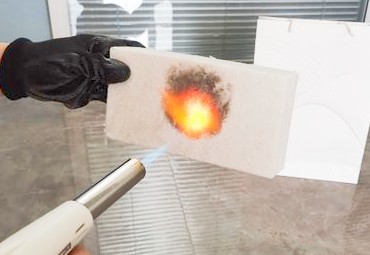The Thermal Insulating Properties of Ceramic Fibers


Ceramic fiber is a fibrous refractory material that has superior insulation properties compared to typical refractory materials with low thermal conductivity. The excellent insulation performance of ceramic fiber is attributed to its low thermal conductivity and small heat storage capacity.
Ceramic fiber is a composite structure composed of solid fibers and air, with a porosity exceeding 90%, resulting in a thermal conductivity close to that of air. The thermal conductivity of static air at room temperature is only 0.0267W/(m·K). Therefore, ceramic fiber is an insulating material with low thermal conductivity and low heat capacity. The thermal conductivity of ceramic fiber is a variable, which is related to temperature, density, shot content, fiber diameter, fiber humidity, fiber orientation, and usage atmosphere.
Main Characteristics of Ceramic Fibers
a. The thermal conductivity of ceramic fibers and their products increases with rising temperature.
b. When the bulk density of ceramic fibers and their rigid products is <0.35 g/cm³, the thermal conductivity decreases with increasing density.
c. When the bulk density of ceramic fibers and their rigid products is >0.35 g/cm³, the thermal conductivity increases with increasing density.
d. When the bulk density of ceramic fibers and their flexible products is <0.096 g/cm³, the thermal conductivity decreases with increasing density.
e. When the bulk density of ceramic fibers and their flexible products is >0.096 g/cm³, the thermal conductivity increases with increasing density.

f. When the bulk density reaches 0.24~0.35 g/cm³, the thermal conductivity no longer decreases but shows an increasing trend.
g. Under certain density conditions, an increase in shot content leads to an increase in thermal conductivity.
h. Under certain density conditions, smaller fiber diameter results in lower thermal conductivity.
i. Under certain density conditions, higher fiber humidity leads to higher thermal conductivity.
j. Under certain density conditions, when the heat flow direction is perpendicular to the ceramic fibers’ direction, the thermal conductivity is higher. When the heat flow direction is parallel to the ceramic fibers’ direction, the thermal conductivity is lower.
k. Under certain density conditions, when the thermal conductivity of gases in the environment of ceramic fibers is higher, the thermal conductivity of the ceramic fibers is higher.



